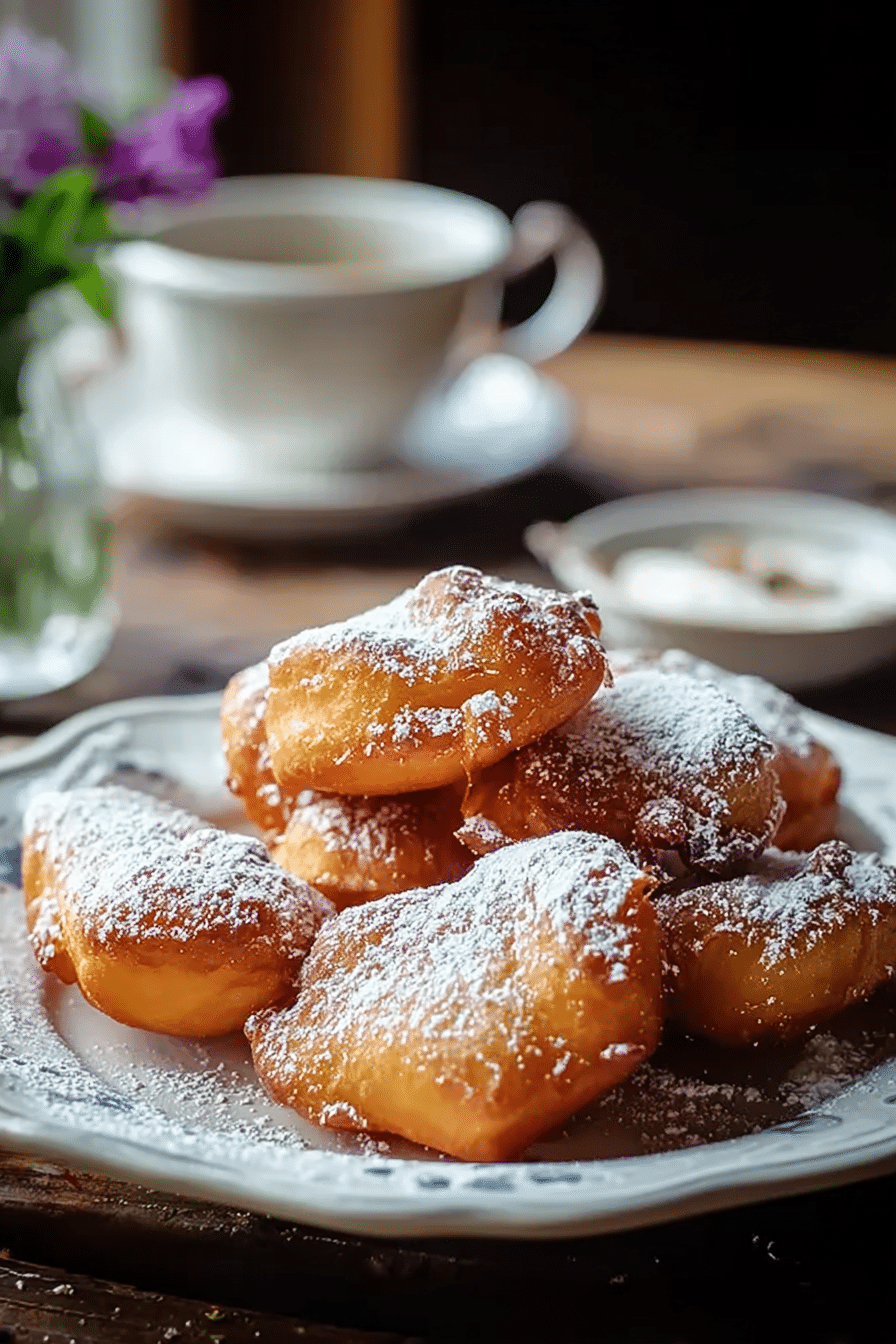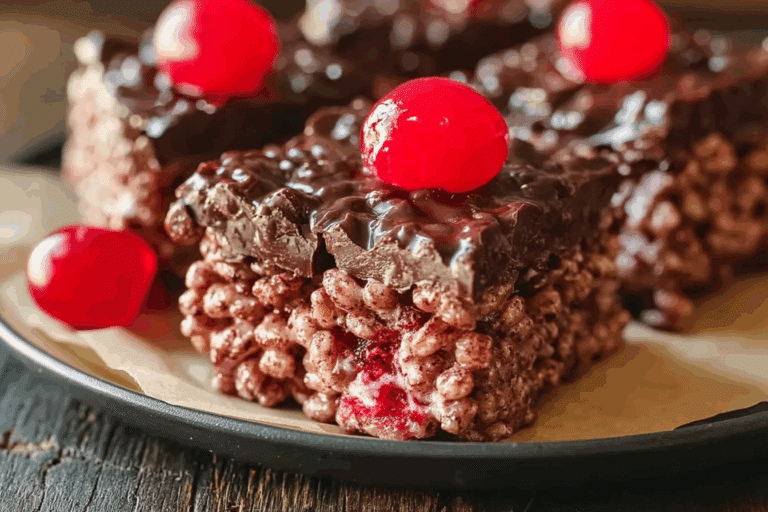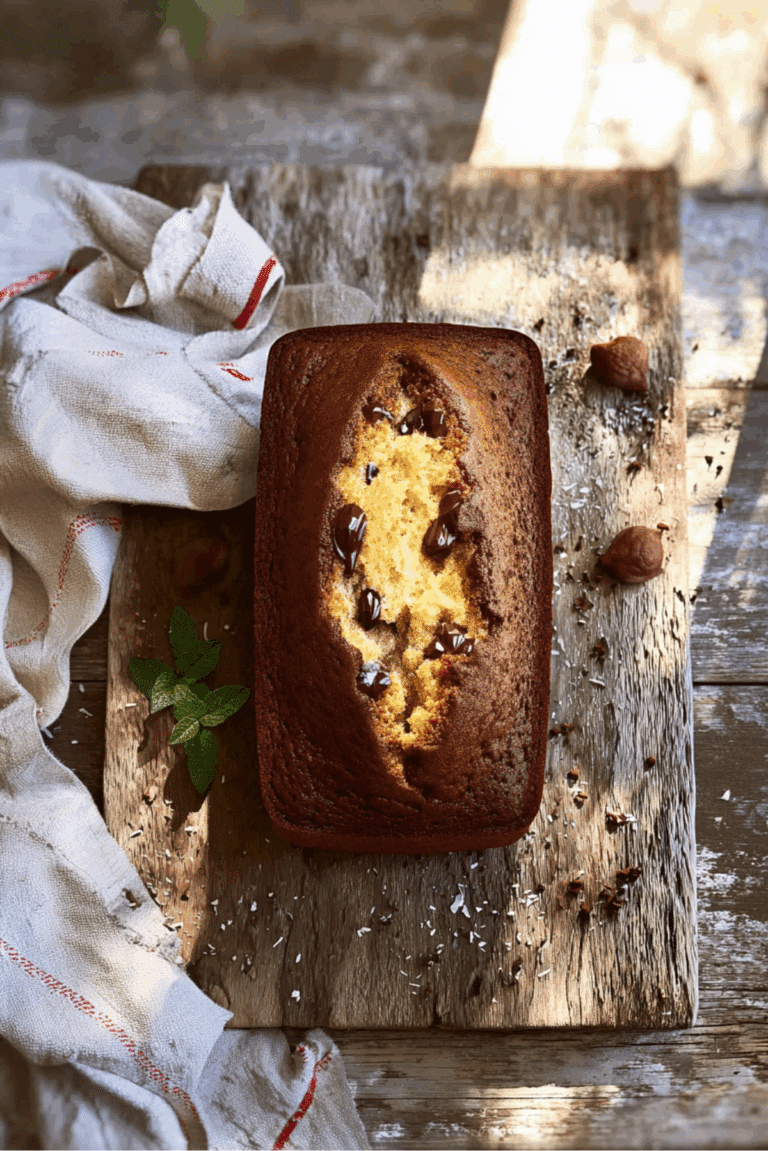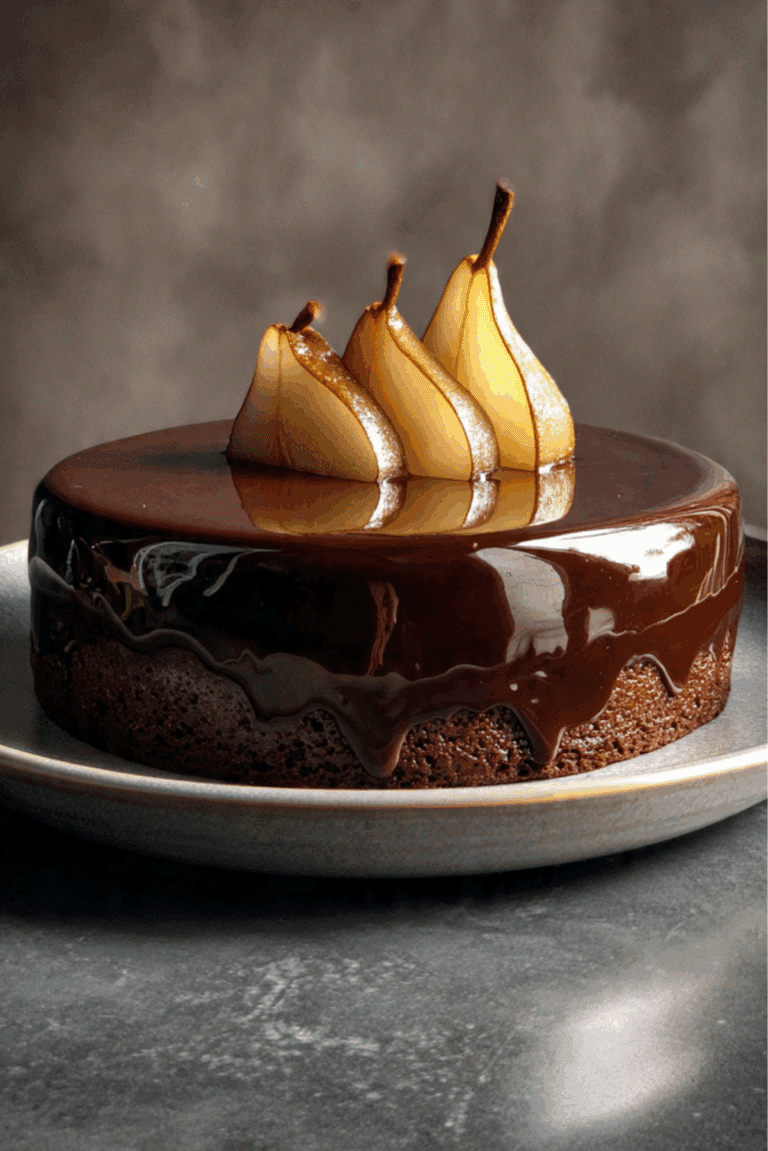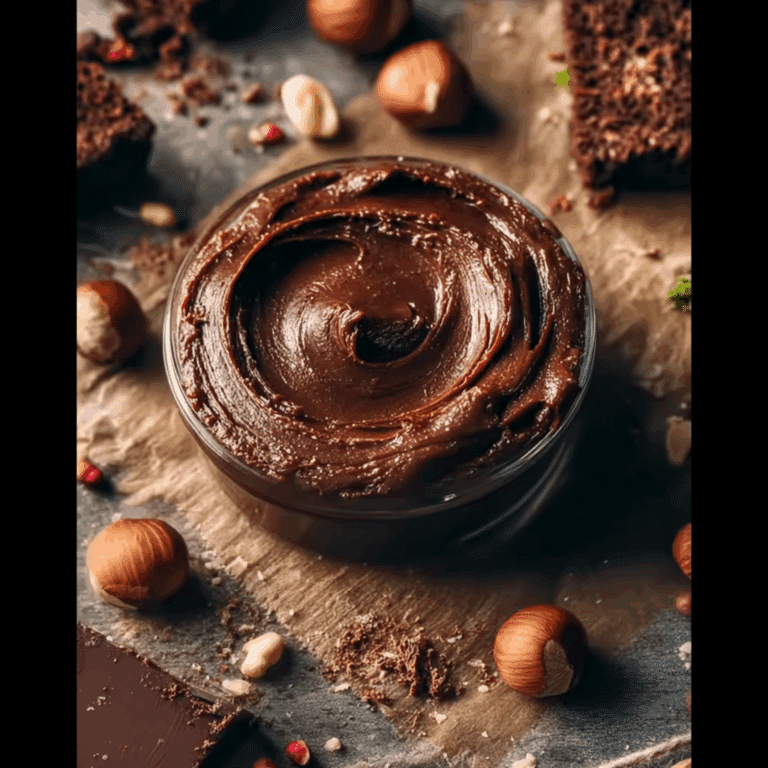Manon Lagrève’s Beignets
There’s something magical about a warm, sugar-dusted beignet that melts in your mouth the moment you take a bite. These little pillows of joy are light, airy, and slightly crisp on the outside, with a delicate sweetness that brings comfort in every mouthful. The aroma of freshly fried dough and powdered sugar fills the kitchen, wrapping you in a sense of home and nostalgia. Trust me, this one’s worth every single bite.
Behind the Recipe
Manon Lagrève’s beignets capture the essence of her French roots, blending the charm of Parisian patisseries with the coziness of homemade treats. She’s known for her precise yet playful approach to baking, and these beignets reflect that beautifully. They bring a touch of elegance to something as simple as fried dough, turning it into a moment of pure joy shared with friends and family over coffee or tea.
Recipe Origin or Trivia
Beignets originated in France, particularly in the regions of Normandy and Brittany, before becoming a symbol of New Orleans’ culinary scene. The word “beignet” simply means “fritter,” yet over time it’s come to represent this light, square-shaped pastry generously covered in powdered sugar. They are often enjoyed for breakfast or as an afternoon indulgence, and in Manon’s hands, they regain their French authenticity with a whisper of modern charm.
Why You’ll Love Manon Lagrève’s Beignets
Every bite of these beignets feels like a warm hug. Here’s why you’ll fall in love with them:
Versatile: Perfect for breakfast, dessert, or an afternoon treat.
Budget-Friendly: Made with simple pantry ingredients like flour, sugar, and yeast.
Quick and Easy: The dough comes together effortlessly and fries up in minutes.
Customizable: You can fill them with jam, Nutella, or keep them plain and classic.
Crowd-Pleasing: They disappear fast, especially when served warm.
Make-Ahead Friendly: Prepare the dough ahead and fry when needed.
Great for Leftovers: Reheat them in the oven to revive their crispness.
Chef’s Pro Tips for Perfect Results
Getting your beignets just right is all about balance. Here are a few insider tips:
- Let the dough rest properly so it becomes light and airy.
- Use oil at the right temperature, around 180°C (350°F), for perfect frying.
- Don’t overcrowd the pan, as that lowers the oil temperature.
- Dust the powdered sugar while the beignets are still warm, so it sticks beautifully.
- Serve immediately for the best texture and flavor.
Kitchen Tools You’ll Need
Before you start frying, here’s what you’ll need by your side:
Mixing Bowls: For combining your wet and dry ingredients.
Stand Mixer or Whisk: To mix the dough until smooth.
Rolling Pin: To flatten the dough evenly.
Sharp Knife or Dough Cutter: For cutting uniform squares.
Thermometer: To monitor oil temperature.
Slotted Spoon: For lifting the beignets from hot oil safely.
Paper Towels: For draining excess oil.

Ingredients in Manon Lagrève’s Beignets
The ingredients come together like an orchestra, each one playing its part in creating the perfect bite.
- All-Purpose Flour: 3 cups (360 g). Gives structure and body to the beignets.
- Active Dry Yeast: 2¼ teaspoons. Helps the dough rise and stay light.
- Warm Milk: ¾ cup (180 ml). Activates the yeast and adds richness.
- Granulated Sugar: ¼ cup (50 g). Sweetens the dough gently.
- Eggs: 2 large. Bind and enrich the dough.
- Unsalted Butter: 4 tablespoons (60 g), melted. Adds flavor and tenderness.
- Salt: ½ teaspoon. Balances the sweetness.
- Vegetable Oil: For frying. Ensures golden, crispy beignets.
- Powdered Sugar: For dusting. The finishing touch of sweetness.
Ingredient Substitutions
If you’re missing something, here are easy swaps:
All-Purpose Flour: Can be replaced with bread flour for a chewier texture.
Warm Milk: Use plant-based milk for a dairy-free option.
Unsalted Butter: Swap for margarine or coconut oil if preferred.
Granulated Sugar: Brown sugar can add a deeper flavor.
Ingredient Spotlight
Active Dry Yeast: The soul of your beignet dough. It creates those delicate air pockets that make each bite so fluffy.
Powdered Sugar: More than decoration, it adds that signature sweetness that makes beignets unforgettable.

Instructions for Making Manon Lagrève’s Beignets
Now let’s dive into the fun part, turning that dough into something magical.
- Preheat Your Equipment: Heat your oil in a deep pot to 180°C (350°F) while your dough rests.
- Combine Ingredients: Mix warm milk, sugar, and yeast. Let it sit until foamy, then add eggs, butter, salt, and flour. Knead until smooth and elastic.
- Prepare Your Cooking Vessel: Lightly oil a bowl, place the dough inside, cover it, and let it rise for about 1 to 2 hours until doubled.
- Assemble the Dish: Roll the dough to about ¼ inch thick, then cut into 2-inch squares.
- Cook to Perfection: Fry a few pieces at a time for 1-2 minutes on each side until golden brown.
- Finishing Touches: Remove and drain on paper towels, then dust with powdered sugar.
- Serve and Enjoy: Serve warm, ideally with a cup of coffee or hot chocolate.
Texture & Flavor Secrets
The beauty of a perfect beignet lies in contrast. The exterior is crisp yet light, giving way to a tender and cloud-like center. The flavor is gently sweet, buttery, and comforting, while the powdered sugar adds a soft, melt-in-your-mouth finish.
Cooking Tips & Tricks
Here are a few tricks to make your beignets even better:
- Always test one beignet first to ensure your oil is at the right temperature.
- If your dough feels sticky, dust your surface lightly with flour.
- Store leftover dough in the fridge overnight for convenience.
What to Avoid
Avoid these common pitfalls to keep your beignets perfect:
- Don’t let your oil get too hot, or the outside will brown before the inside cooks.
- Avoid overmixing the dough, which can make the texture dense.
- Don’t skip the resting period, as it ensures lightness.
Nutrition Facts
Servings: 8
Calories per serving: Approximately 210
Note: These are approximate values.
Preparation Time
Prep Time: 15 minutes
Cook Time: 15 minutes
Total Time: 2 hours (including resting)
Make-Ahead and Storage Tips
You can prepare the dough ahead of time and refrigerate it overnight. Simply let it come to room temperature before frying. Leftover beignets can be stored in an airtight container and warmed in the oven for a few minutes to bring back their crispness. For longer storage, freeze them for up to a month.
How to Serve Manon Lagrève’s Beignets
Serve these beauties warm with a generous dusting of powdered sugar. They pair wonderfully with café au lait, hot chocolate, or even a scoop of vanilla ice cream for dessert.
Creative Leftover Transformations
If you happen to have leftovers, turn them into something new:
- Slice and fill with pastry cream or jam for a quick dessert.
- Reheat and drizzle with honey or chocolate sauce.
- Use them as a sweet base for bread pudding.
Additional Tips
Keep your powdered sugar in a fine mesh sieve for easy dusting. For extra flavor, add a hint of vanilla or lemon zest to your dough.
Make It a Showstopper
Serve your beignets on a rustic platter with powdered sugar falling like snow, and a steaming cup of coffee beside them. A few scattered crumbs make it look effortlessly perfect.
Variations to Try
- Chocolate-Filled Beignets: Pipe melted chocolate inside before frying.
- Lemon Zest Beignets: Add zest to the dough for a citrusy twist.
- Jam-Filled Beignets: Inject raspberry or apricot jam into the center after frying.
- Cinnamon Sugar Beignets: Toss in cinnamon sugar instead of powdered sugar.
- Mini Beignets: Cut into smaller pieces for bite-sized delights.
FAQ’s
1. Can I bake beignets instead of frying?
Yes, but they won’t have the same crisp exterior. Bake at 190°C (375°F) for about 12 minutes.
2. What oil is best for frying beignets?
Neutral oils like vegetable or canola oil work perfectly.
3. Can I freeze beignet dough?
Yes, freeze before the second rise. Thaw overnight before frying.
4. How do I know when they’re cooked inside?
They should be golden on the outside and puffed up nicely.
5. Can I use instant yeast?
Yes, just skip the blooming step and mix it directly with dry ingredients.
6. What makes beignets different from doughnuts?
Beignets are lighter, less sweet, and typically square.
7. How long do beignets stay fresh?
They’re best enjoyed fresh but last up to a day in an airtight container.
8. Can I make them gluten-free?
Yes, use a 1:1 gluten-free flour blend.
9. Do I need to refrigerate leftovers?
Not necessary if eaten within 24 hours.
10. How do I reheat them?
Pop them in a 180°C (350°F) oven for 5 minutes to revive their crispness.
Conclusion
Manon Lagrève’s beignets are a taste of French comfort at its finest, light and golden with just the right touch of sweetness. Whether you’re sharing them with family or treating yourself on a quiet morning, these beignets bring joy in every bite. So roll up your sleeves, warm the oil, and let the magic of homemade French baking fill your kitchen.
Print
Manon Lagrève’s Beignets
- Total Time: 2 hours (including resting)
- Yield: 8 servings
- Diet: Vegetarian
Description
Manon Lagrève’s Beignets are light, airy French doughnuts dusted with powdered sugar. Perfectly golden on the outside and soft inside, these little pillows of joy bring a cozy Parisian touch to your kitchen.
Ingredients
- All-Purpose Flour: 3 cups (360 g)
- Active Dry Yeast: 2¼ teaspoons
- Warm Milk: ¾ cup (180 ml)
- Granulated Sugar: ¼ cup (50 g)
- Eggs: 2 large
- Unsalted Butter: 4 tablespoons (60 g), melted
- Salt: ½ teaspoon
- Vegetable Oil: For frying
- Powdered Sugar: For dusting
Instructions
- Preheat Your Equipment: Heat oil in a deep pot to 180°C (350°F) while the dough rests.
- Combine Ingredients: Mix warm milk, sugar, and yeast. Let it sit until foamy, then add eggs, butter, salt, and flour. Knead until smooth.
- Prepare Your Cooking Vessel: Lightly oil a bowl, place dough inside, cover, and let it rise for 1–2 hours.
- Assemble the Dish: Roll dough to ¼ inch thick, cut into 2-inch squares.
- Cook to Perfection: Fry 3–4 beignets at a time for 1–2 minutes per side until golden brown.
- Finishing Touches: Remove and drain on paper towels, then dust with powdered sugar.
- Serve and Enjoy: Serve warm with coffee or hot chocolate.
Notes
- Let dough rise fully for the lightest texture.
- Always test one beignet first to check oil temperature.
- Reheat leftovers in the oven for a crisp texture.
- Prep Time: 15 minutes
- Cook Time: 15 minutes
- Category: Dessert
- Method: Frying
- Cuisine: French
Nutrition
- Serving Size: 1 beignet
- Calories: 210
- Sugar: 10g
- Sodium: 70mg
- Fat: 8g
- Saturated Fat: 2g
- Unsaturated Fat: 5g
- Trans Fat: 0g
- Carbohydrates: 30g
- Fiber: 1g
- Protein: 4g
- Cholesterol: 35mg
Keywords: beignets, French beignets, Manon Lagrève recipe, fried dough, homemade beignets, powdered sugar dessert

